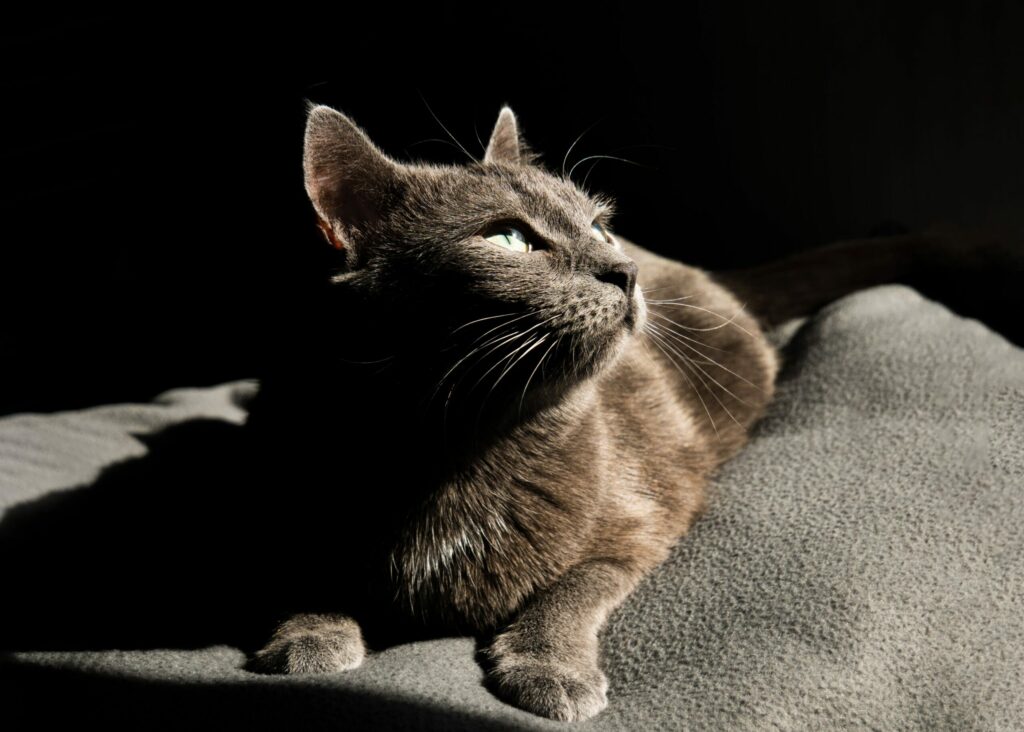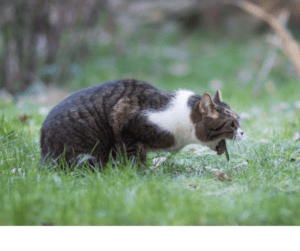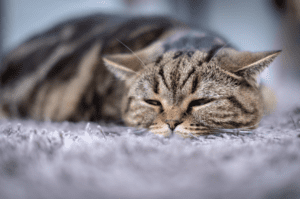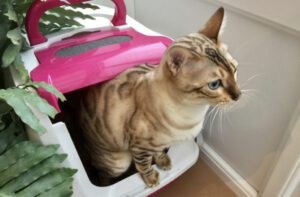Feline Leukemia Virus (FeLV) poses a significant threat to the health and well-being of our feline companions. As a responsible cat owner, understanding the nature of FeLV, recognizing its symptoms, and adopting proactive measures are crucial in the battle against this infectious disease. In this comprehensive guide, we will delve into the intricacies of Feline Leukemia, providing valuable insights, tips, and strategies to empower cat owners in the fight against this formidable foe.
Unmasking Feline Leukemia: Understanding the Enemy
1. Nature of Feline Leukemia Virus (FeLV):
Feline Leukemia Virus is a contagious disease that affects cats worldwide. It can lead to various health complications, including suppression of the immune system, anemia, and the development of certain cancers.
2. Modes of Transmission:
FeLV is primarily transmitted through close contact with infected cats. This can occur through mutual grooming, sharing of food and water bowls, and bite wounds. Kittens can contract the virus from an infected mother during birth or through nursing.
3. Risk Factors:
Cats that spend time outdoors, engage in aggressive behavior with other cats, or live in multi-cat households are at a higher risk of exposure to FeLV. Additionally, young kittens and cats with weakened immune systems are more susceptible.
Recognizing the Red Flags: Symptoms of Feline Leukemia
1. Weak Immune System:
Cats with FeLV may exhibit a weakened immune system, leading to frequent infections, persistent illnesses, and a prolonged recovery period.
2. Weight Loss and Lethargy:
Unexplained weight loss and lethargy can be indicative of FeLV. Monitoring changes in your cat’s activity level and body condition is crucial.
3. Anemia:
FeLV can cause anemia in affected cats, leading to pale gums, weakness, and fatigue. Regularly check your cat’s gums for signs of paleness.
4. Digestive Issues:
Cats with FeLV may experience digestive problems, including vomiting and diarrhea. Persistent gastrointestinal issues should prompt a veterinary examination.
5. Swollen Lymph Nodes:
Swollen lymph nodes, especially around the neck and shoulders, can be a visible sign of FeLV. Regularly check for lumps or changes in the size of lymph nodes.
The Proactive Battle Plan: Tips for Cat Owners
1. Regular Veterinary Check-ups:
Schedule routine veterinary check-ups for your cat, including FeLV testing. Early detection allows for timely intervention and management of the disease.
2. FeLV Vaccination:
Discuss FeLV vaccination with your veterinarian. While the vaccine doesn’t guarantee complete immunity, it significantly reduces the risk of infection and can be beneficial, especially for outdoor cats.
3. Indoor Living for At-Risk Cats:
Consider keeping at-risk cats, such as those with weakened immune systems or kittens, indoors to minimize exposure to potentially infected cats.
4. Isolation of Infected Cats:
If you have a cat diagnosed with FeLV, isolate them from other cats to prevent further transmission. Provide a comfortable and stress-free environment for the infected cat.
5. Proper Nutrition:
Ensure your cat receives a balanced and nutritious diet. A healthy diet contributes to overall well-being and helps strengthen the immune system.
6. Parasite Control:
Implement a regular parasite control program for your cat. External and internal parasites can compromise the immune system, making cats more susceptible to infections.
7. Minimize Stressors:
Minimize stress in your cat’s environment. Stress can weaken the immune system, making cats more vulnerable to infections. Provide a stable and comfortable living space.
8. Immediate Veterinary Attention:
If you notice any signs of illness or suspect FeLV, seek immediate veterinary attention. Early diagnosis and intervention improve the chances of managing the disease effectively.
9. Educate Yourself:
Stay informed about Feline Leukemia by accessing reputable resources. Understanding the virus, its transmission, and prevention strategies empowers you as a cat owner.
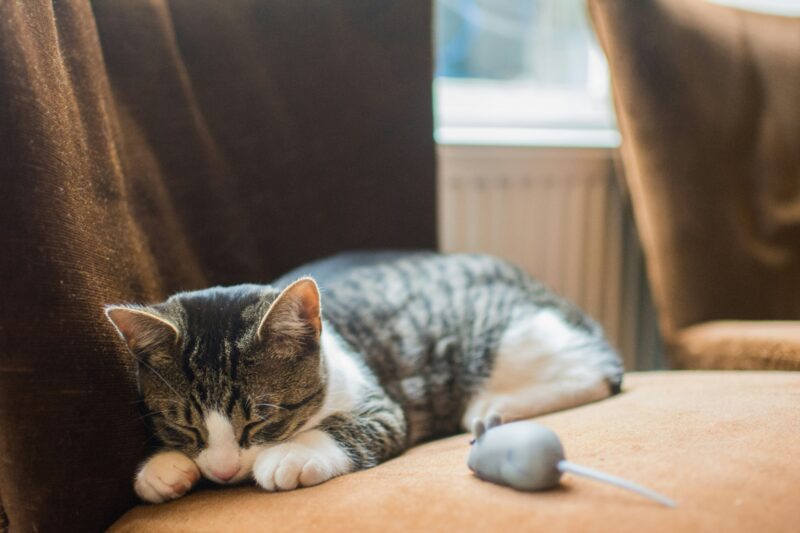
Community Engagement: Raising Awareness
1. Community Workshops:
Engage in or organize community workshops on Feline Leukemia. Educating cat owners in your community fosters a collective effort in preventing the spread of the virus.
2. Online Awareness Campaigns:
Leverage online platforms to run awareness campaigns about FeLV. Social media can be a powerful tool for sharing information, success stories, and preventive tips.
3. Collaborate with Veterinarians:
Collaborate with local veterinarians to host educational events or webinars on FeLV. Veterinary professionals play a crucial role in disseminating accurate information.
4. Pet Adoption Centers:
Partner with local pet adoption centers to raise awareness about FeLV in cats. Providing information to potential adopters encourages responsible ownership.
5. Share Personal Experiences:
If you have experience dealing with FeLV in your own cat, share your story. Personal narratives can be powerful in conveying the importance of preventive measures.
Conclusion: A Unified Front Against Feline Leukemia
Fighting against Feline Leukemia requires a unified front from cat owners, veterinarians, and communities. By understanding the nature of the virus, recognizing symptoms, and adopting proactive measures, we can collectively reduce the impact of FeLV on our feline companions.
As a cat owner, you are the first line of defense in the battle against Feline Leukemia. Regular veterinary care, vaccination, and a vigilant approach to your cat’s health contribute to a healthier, happier life for your feline friend. Together, let’s raise awareness, share knowledge, and create a safer environment for cats, ensuring they live their lives free from the threat of Feline Leukemia.
